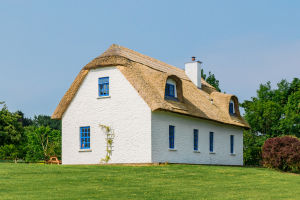Glacial Wonders Revealed
Glacial landforms are among the most dramatic and captivating features of our planet.
They are formed through the relentless power of glaciers, and massive ice bodies that sculpt the landscape over thousands of years.
Understanding how these landforms are created helps us appreciate their beauty and significance.
Formation of Glacial Landforms
Glacial landforms are shaped by two main processes: erosion and deposition. Erosion occurs as glaciers move, scraping and carving the bedrock beneath them. This process, known as "glacial erosion," produces features such as U-shaped valleys and cirques. As glaciers advance, they grind away at the landscape, creating deep valleys with steep sides. The material scraped from the bedrock is often carried along by the glacier and deposited elsewhere, forming various depositional features.
When glaciers retreat, they leave behind a range of landforms, including moraines (accumulations of glacial debris), drumlins (streamlined hills), and eskers (long, winding ridges of sand and gravel). These features reflect the glacier's past movements and the complex interactions between ice, water, and sediment.
Famous Glacial Landforms Around the World
1.Yosemite Valley, USA: Located in California's Yosemite National Park, Yosemite Valley is a quintessential example of glacial erosion. Carved by ancient glaciers, the valley is renowned for its towering granite cliffs, such as El Capitan and Half Dome. The U-shaped valley showcases the immense power of glacial forces in shaping landscapes.
2.The Fjords of Norway: Norway's fjords are stunning examples of glacial landforms. These deep, narrow inlets are the result of glaciers carving out valleys that were subsequently flooded by the sea. Geirangerfjord and Nærøyfjord are particularly famous for their dramatic scenery, with steep cliffs rising sharply from the water.
3.The Patagonian Ice Field, Argentina and Chile: This massive ice field, the world's second-largest outside the polar regions, feeds numerous glaciers that flow down to form spectacular landforms. Notable glaciers like Perito Moreno and Grey Glacier are renowned for their striking ice formations and dynamic calving events, where chunks of ice break off into the surrounding lakes.
4.The Matterhorn, Switzerland/Italy: Although primarily a mountain peak, the Matterhorn’s distinctive pyramidal shape was significantly influenced by glacial erosion. The sharp, ridged profile of this iconic peak was sculpted by the retreating glaciers that once surrounded it.
Lykkers, glacial landforms offer a glimpse into Earth's dynamic geological processes. They remind us of the immense power of ice and its role in shaping our planet’s diverse landscapes. Whether through the deep valleys of Yosemite or the dramatic fjords of Norway, these features captivate and inspire awe, highlighting nature’s ability to sculpt the land in profound ways.


